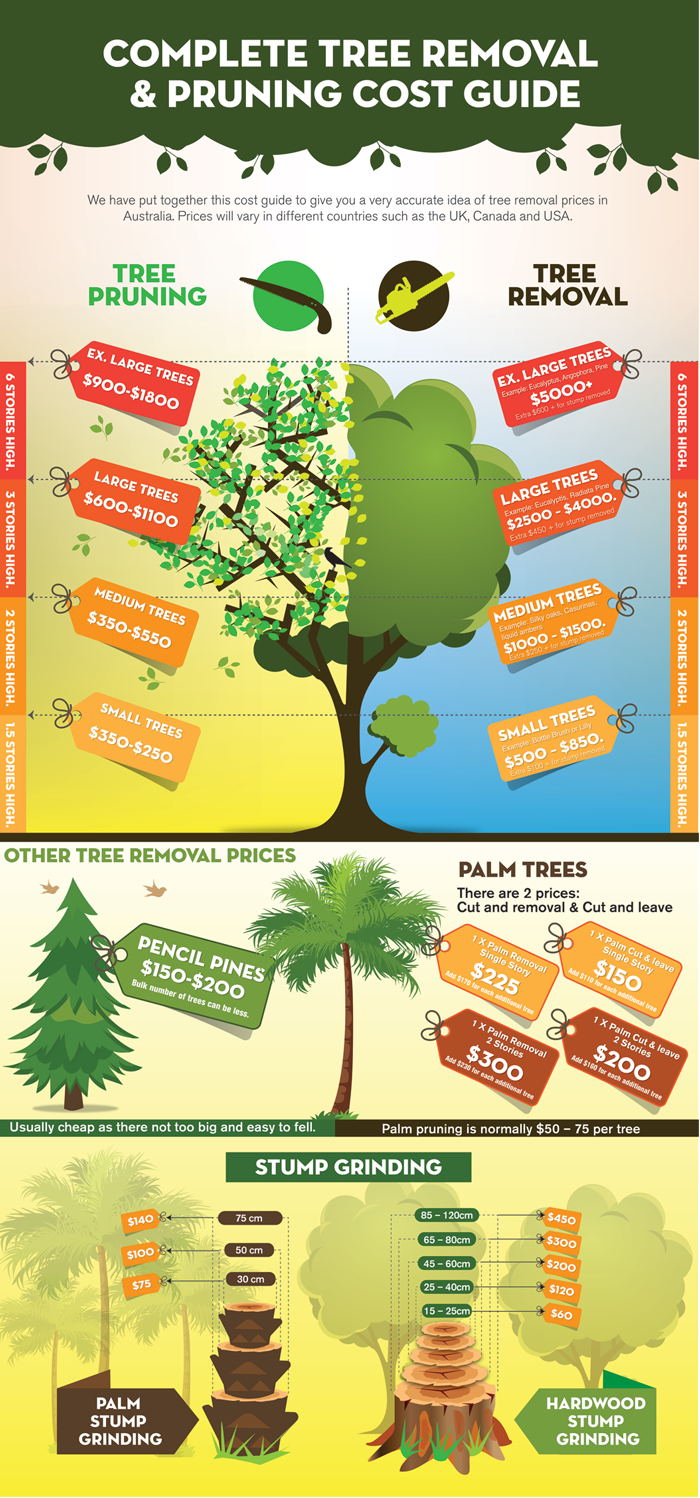Seasonal Considerations For Tree Care: What Is The Best Time To Get Rid Of Trees?
Seasonal Considerations For Tree Care: What Is The Best Time To Get Rid Of Trees?
Blog Article
Article Produced By-Stokes Rosario
When considering the most effective time to remove trees from your residential or commercial property, an essential balance has to be struck between tree health and wellness issues. Think about the prospective risks positioned by unpredictable or decaying trees, and how their elimination can minimize these dangers. Yet when exactly is the optimal moment to undertake this task? Keep tuned to discover the seasonal subtleties that can affect your decision and make certain the wellness of your trees and environments.
Optimal Timing for Tree Elimination
When it comes to selecting the excellent timing for tree removal, it's vital to consider variables such as the health and wellness of the tree, security worries, and environmental policies. Evaluating the tree's total health is vital to determine if elimination is necessary. Dead or diseased trees pose dangers and must be eliminated promptly to stop mishaps or home damage.
Security concerns, such as distance to buildings, high-voltage line, or roads, also play a considerable role in establishing the most effective time for removal. Adhering to environmental laws is vital to make sure that the removal process is carried out sensibly and legitimately.
Taking into consideration these factors, the optimum timing for tree removal might differ. Typically, it's recommended to eliminate trees throughout the dormant period, typically in late autumn or winter. During this moment, trees aren't proactively expanding, making elimination much less difficult for the tree. Additionally, with fewer fallen leaves, it's less complicated for arborists to evaluate the tree's structure and securely perform the removal process.
Seasonal Elements to Think About
To ensure effective tree treatment techniques, it's essential to think about the seasonal aspects that can influence the wellness and growth of your trees. Understanding these seasonal variants can aid you prepare your tree care activities successfully.
In spring, trees concentrate on brand-new growth and budding. This is an ideal time for pruning to form the tree and remove dead branches.
Summer season brings heat, demanding correct watering to maintain trees moistened.
Autumn is when trees begin getting ready for dormancy, making it a great time for deep root fertilization to support their root systems.
Winter months, with its cool temperatures, is a duration of dormancy for most trees, making it a convenience for tree removal or major pruning.
Impact on Tree Wellness and Landscape
Taking into consideration the seasonal variables that affect your trees is vital for their general health and the look of your landscape. Appropriate tree treatment throughout the year can dramatically impact their health and the aesthetic charm of your outdoor room.
As an example, pruning throughout the inactive winter months can advertise healthy development in the spring, while getting rid of dead or diseased branches in the autumn can stop possible threats during winter season tornados. Additionally, checking your trees for indications of parasites and diseases during the appropriate periods can assist preserve their vigor and protect against extensive invasions.
Additionally, the problem of your trees directly influences the total landscape layout. Trees that are well-kept and healthy can enhance the beauty and worth of your building, while overlooked or damaged trees may interfere with the aesthetic charm of your exterior environment.
Verdict
Bear in mind, the very best time to get rid of trees is throughout the inactive period to minimize stress on the tree and ensure its health and wellness. Consider https://www.bobvila.com/slideshow/the-outdoor-living-space-upgrades-that-are-totally-free-50004 and potential risks before organizing tree removal. By prioritizing responsible tree care and upkeep, you can keep a safe and visually pleasing landscape for years to come.
